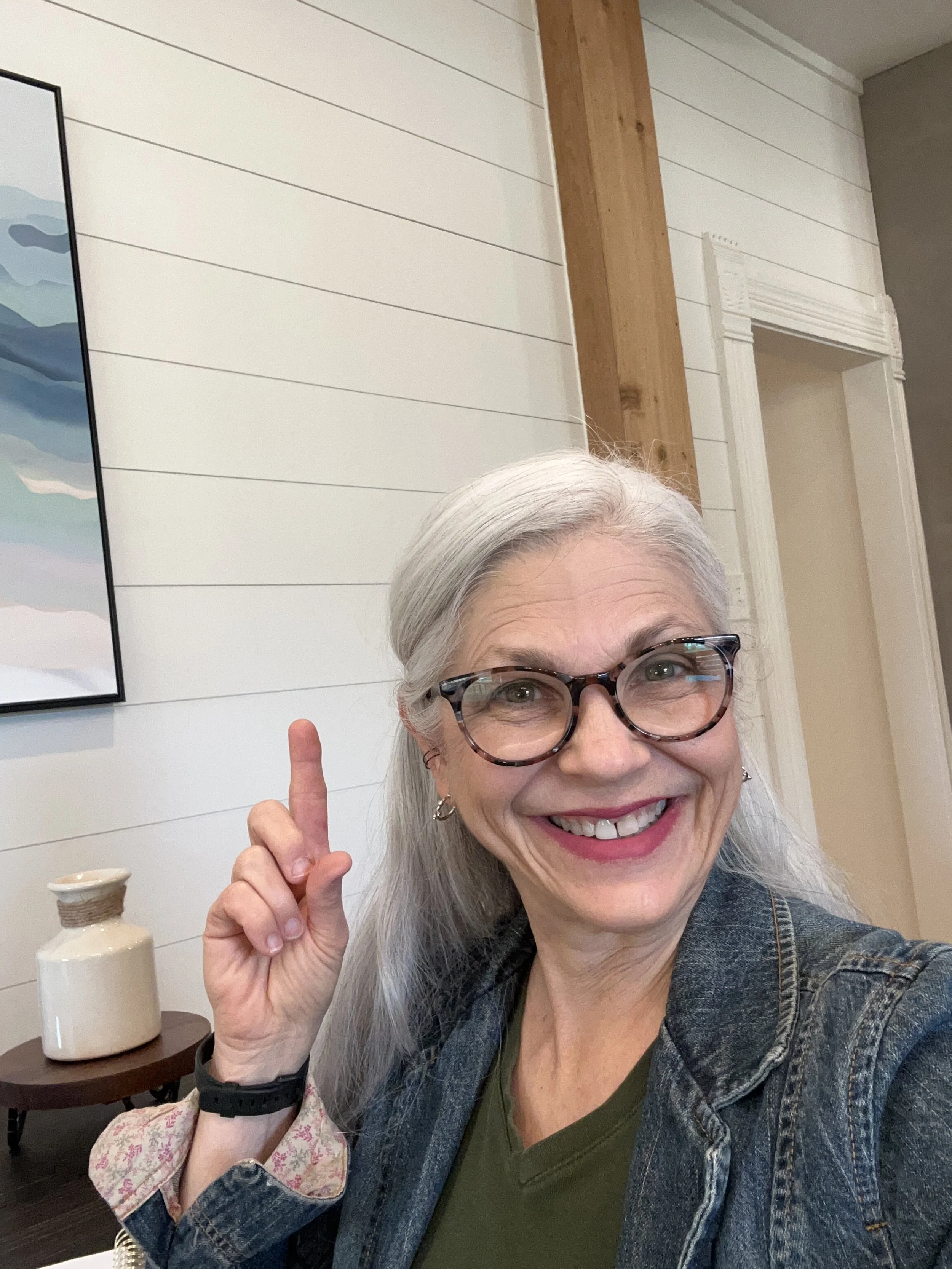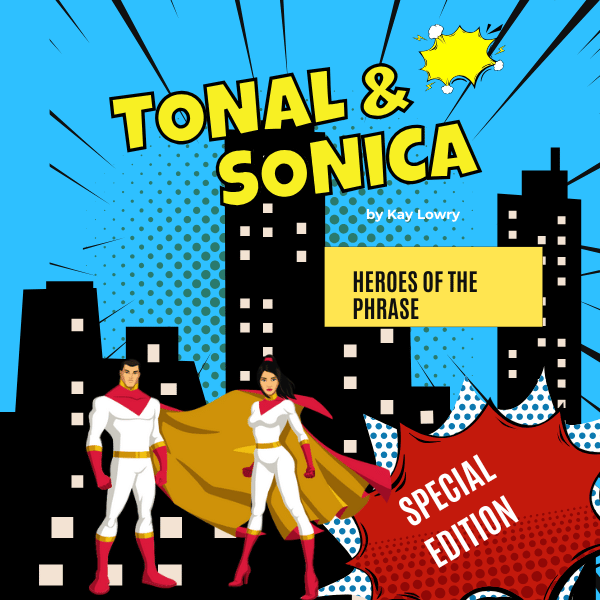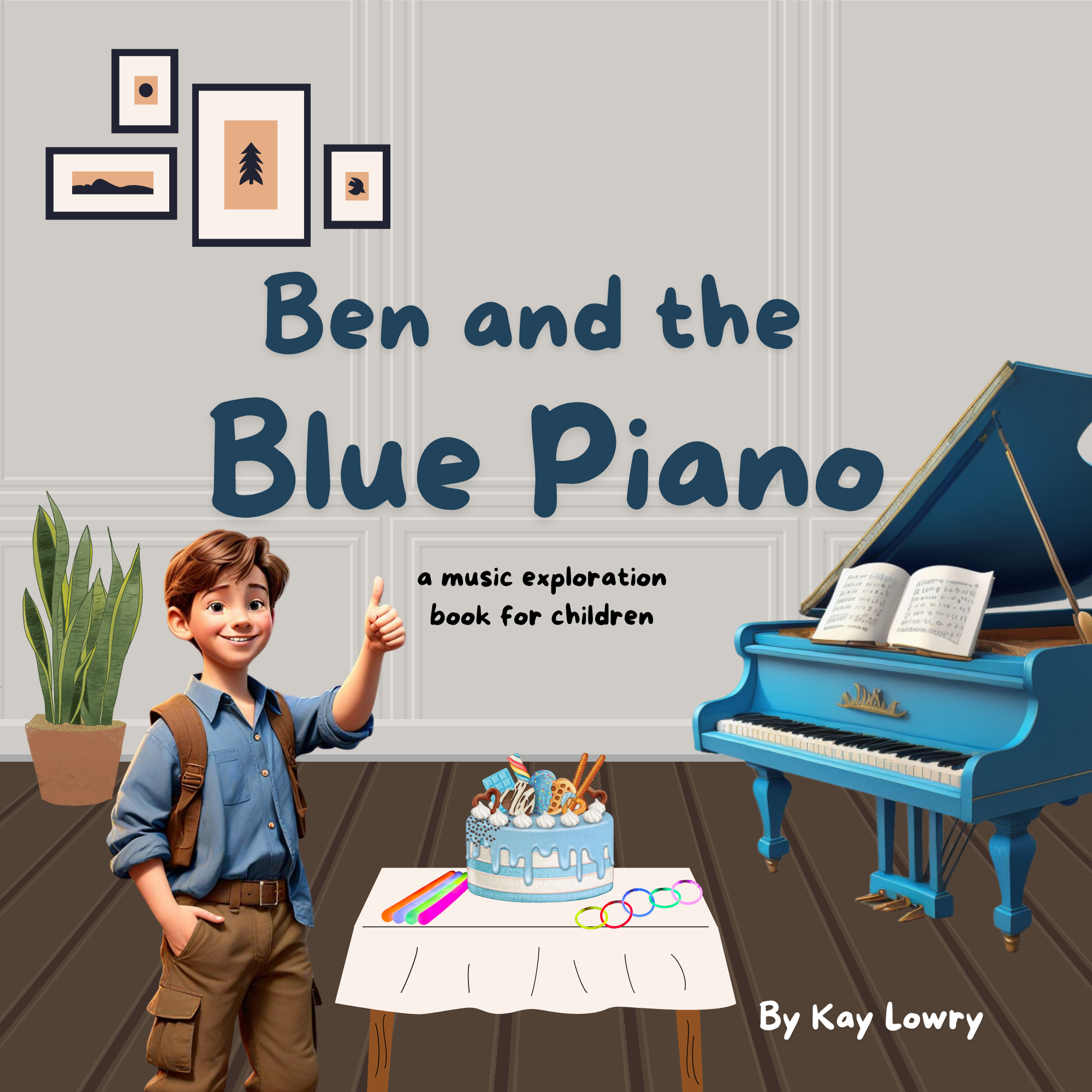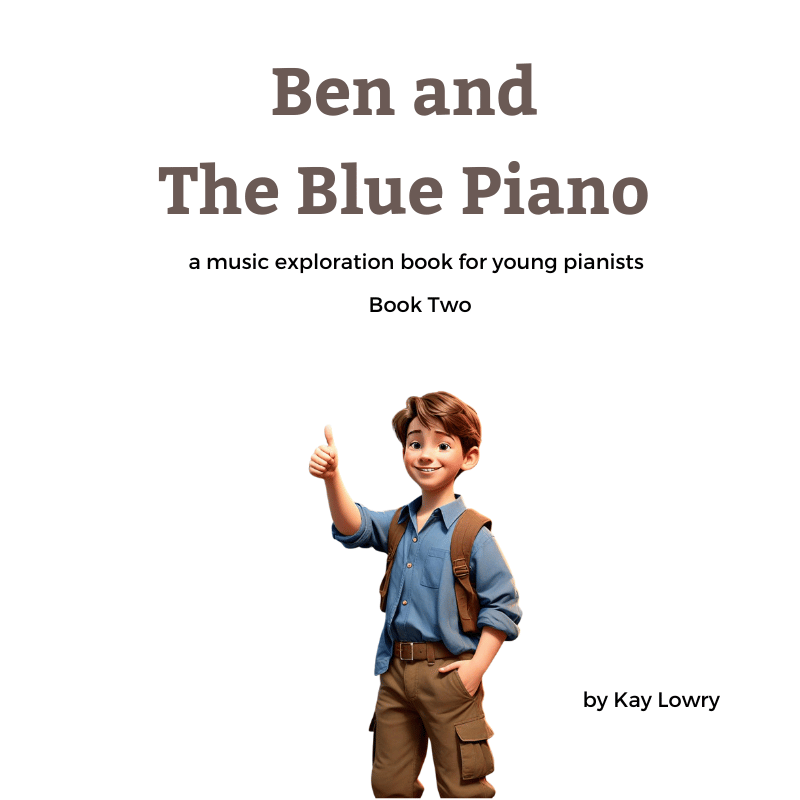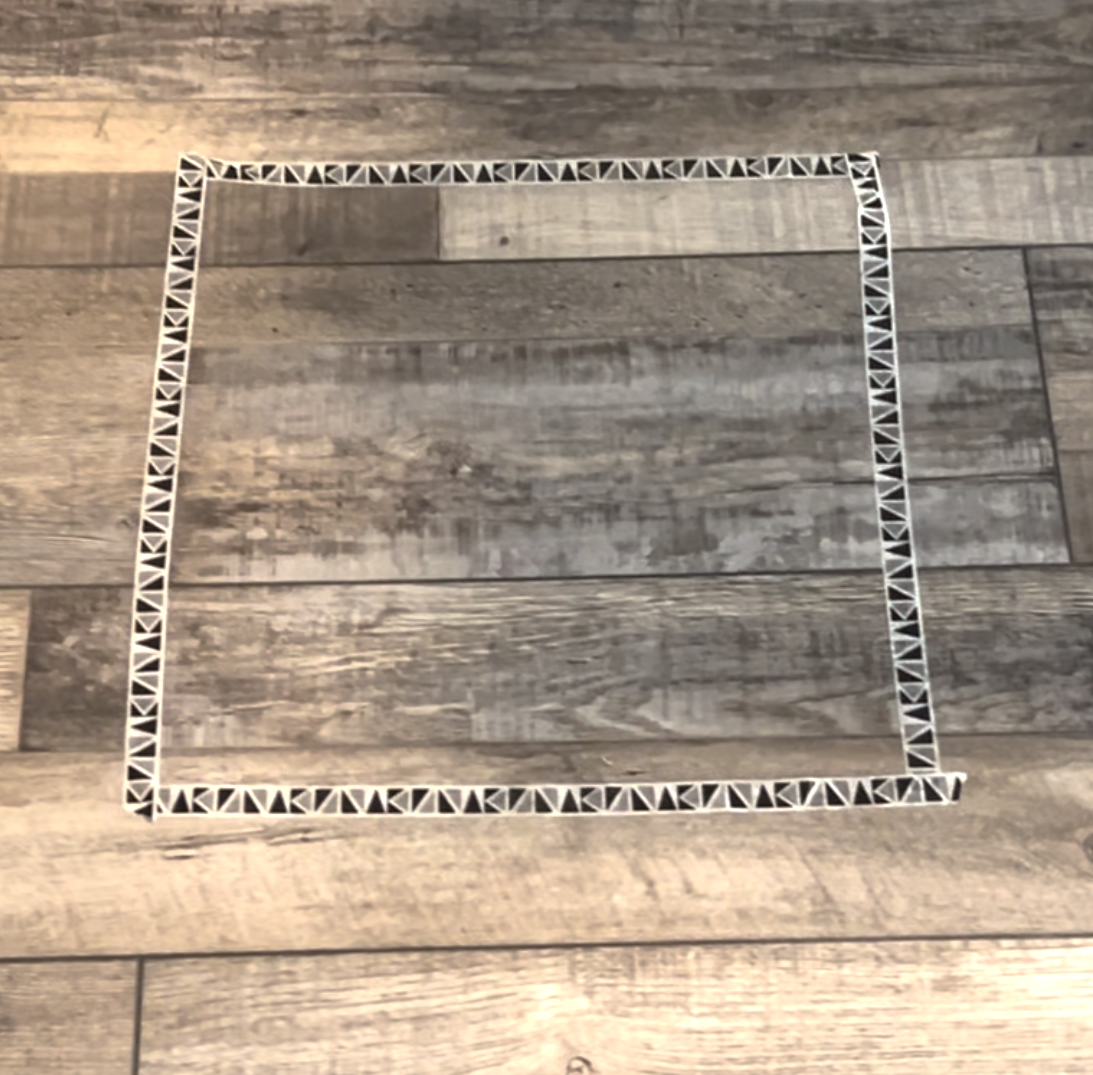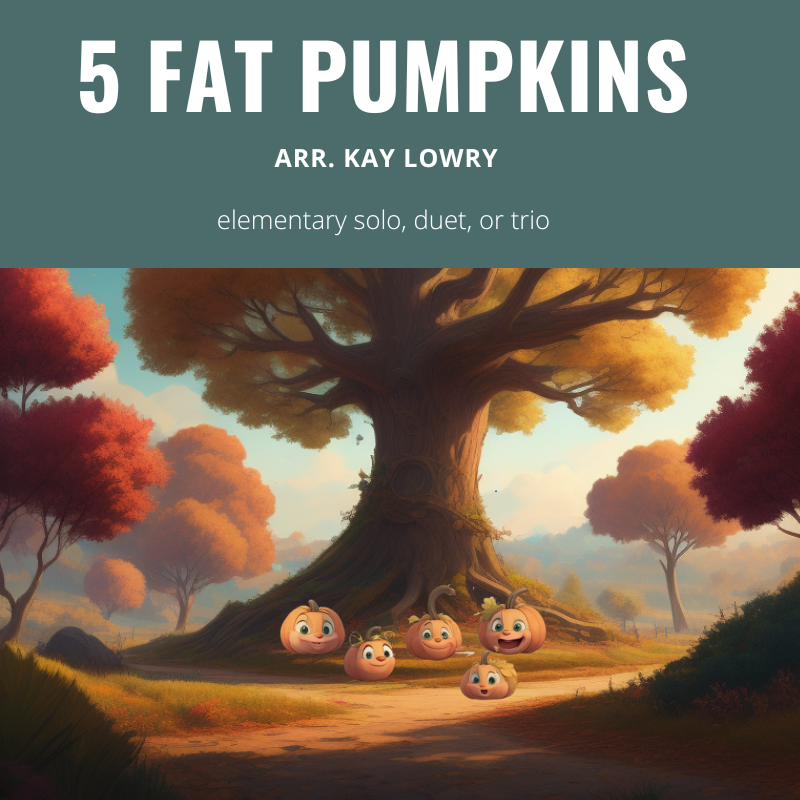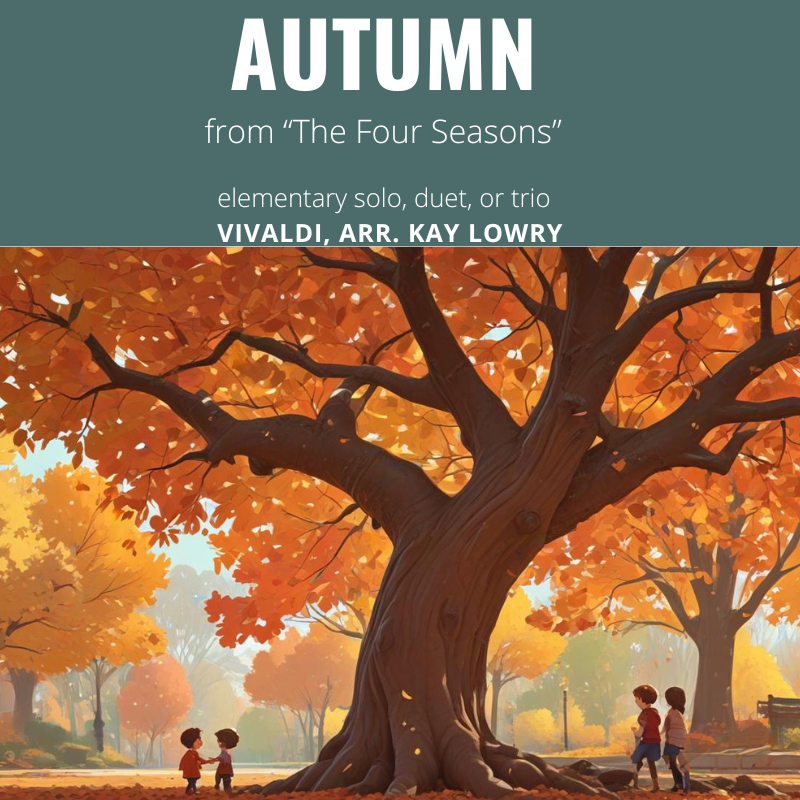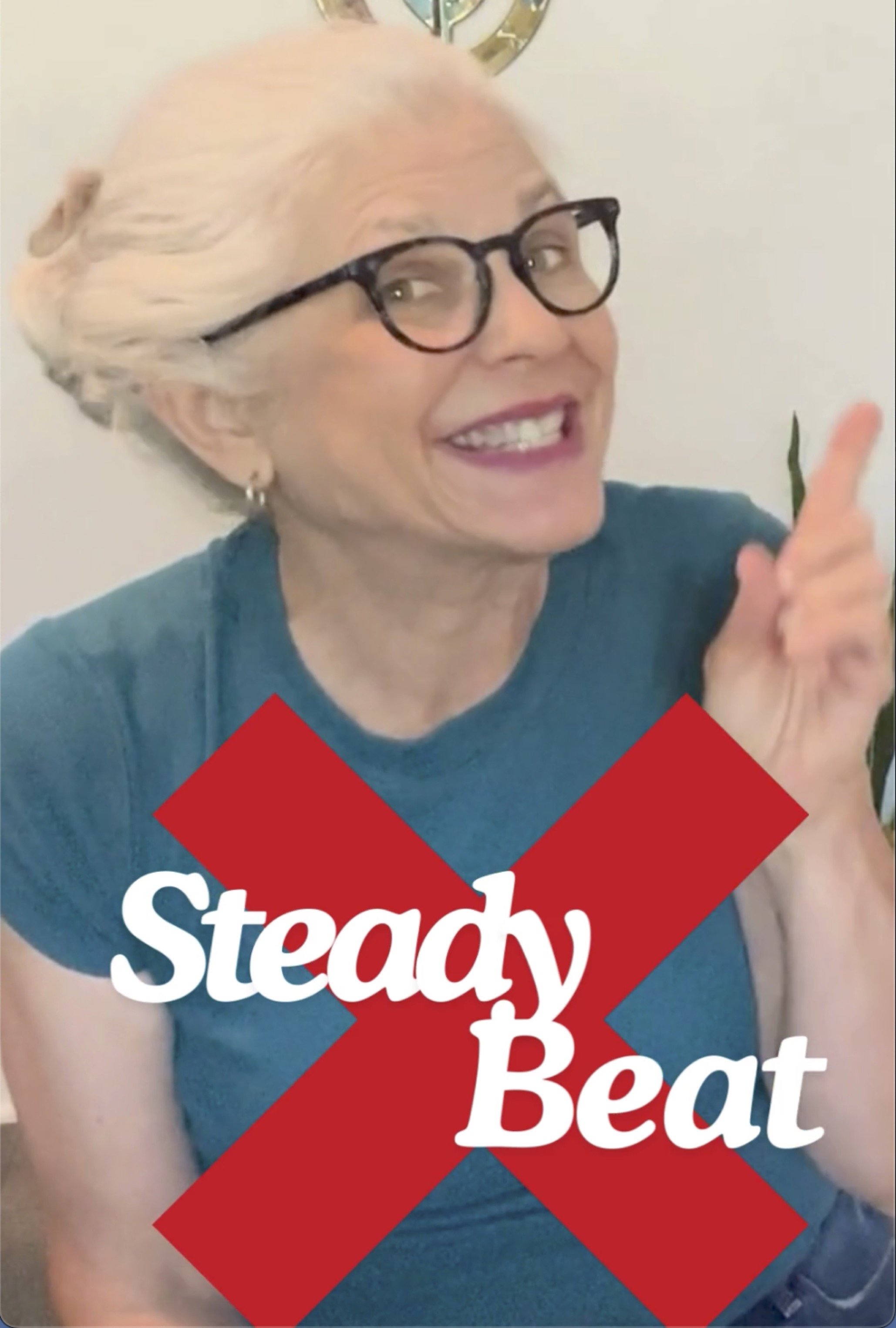How to Teach Musical Phrasing to Piano Students (With Help from a Magical Queen)
If you’ve ever wondered how to teach musical phrasing to piano students in a way that truly sticks—especially with your fairy-loving beginners—let me introduce you to Ginny.
Ginny adores all things girly. Princesses, ballerinas (she takes ballet herself), and sparkles? Yes, please. But when it came time to teach her about musical phrasing, my usual superhero metaphors fell flat.
That’s when The Musical, Magical Queen came to the rescue.
Learn from My Mistake: The Avoidable Teaching Misstep That Leads to “WOW” Piano Playing
I used to think every phrase should crescendo to the high note. That’s where the energy is, right?
But something always sounded… off.
It wasn’t until I attended a fantastic conference session with Peter Mack that I finally had my “aha” moment. He talked about the emotional arc of a phrase—and suddenly, everything clicked.
The High Note Isn’t Always the Climax
Sometimes, the high note lands on a weak beat.
It might be a passing tone or even part of a gentle descent meant to release tension, not build it.
That changed the way I listened—and the way I taught.
Now, I invite my students to listen first and analyze second. We don’t just follow the contour of a melody. We ask:
Where does the phrase want to go?
What kind of character does it have?
Where’s the real destination?
It’s not just technical. It’s emotional. It’s artistic. And it’s where the magic happens.
How a Superhero Helps Piano Students Play With Expression
A Musical Adventure That Makes Phrasing Come to Life!
Join Tonal and Sonica, two fearless superheroes, as they patrol the city, searching for ways to transform lifeless melodies into expressive, captivating music! Armed with magical jewels and bracelets, they hurl their powers at the most important notes in each phrase-bringing music to life! But danger lurks in every measure... Villains threaten to flatten their mission, and only by teaming up with the mysterious Krypto-Crescendo can they uncover the most powerful note of all!
Explore and Improv at Piano with your Youngest Students
Finally, a music exploration book for young kids—now available as a digital download!
Research shows that music plays a vital role in early childhood development, enhancing motor skills, social interaction, speech, memory, confidence, and creativity. Ben and the Blue Piano is designed for children ages 4-7, including special needs students or any child who loves to create their own songs and learn at their own pace.
This engaging resource introduces foundational musical concepts through play, exploration, and movement. Perfect for piano teachers and parents, the digital format makes it even easier to incorporate music learning into lessons—whether in-person or online.
Boost Your Studio This Summer with an Engaging Drum Circle Camp
Summer camps are a great way to keep students engaged, attract new families, and boost your studio income. But planning can feel overwhelming! The secret? Choose a simple, engaging theme and use a ready-made plan to save time.
How to Plan a Summer Piano Camp (Without the Overwhelm!)
Summer camps can be a fantastic way to engage students, boost your income, and bring fresh energy to your studio. But planning one can feel overwhelming—where do you start? The key is to choose a well-structured curriculum that makes your job easier while keeping students excited and engaged.
Beyond the Notes: Why Art and Music Belong Together in Your Studio Summer Camp
Music and art share a powerful connection—both ignite creativity, encourage self-expression, and help students see the world in new ways. When young students explore music through visual art, they strengthen their listening skills, spark their imagination, and build confidence in their creative choices.
This is why incorporating art into your piano lessons or summer camps can be a game-changer. Whether it’s drawing while listening to music, exploring composers who were inspired by art, or creating music based on colors and shapes, these activities engage students in a deeper, more meaningful way.
Why Piano Camps Are a Must-Try for Students and Teachers
What’s Inside the Music & Nature Camp?
Designed for ages 4-9, this camp includes:
Daily themed lesson plans featuring music, sensory, and listening activities.
Nature-inspired explorations to spark curiosity.
Printable resources for easy preparation and hands-on learning.
Rote songs and piano ensembles that are simple, fun, and accessible to all.
Instructions for making instruments and other creative activities.
Plan and Celebrate Piano Success for Young Kids
My Piano Planner is your ultimate tool for enhancing beginner piano lessons, designed with both parents and teachers in mind. This thoughtfully crafted planner is a resource-packed companion to help ensure every child’s musical journey is celebrated and supported. With 32 pages - you have plenty of room to help your young student plan and grow!
What It’s Like - going from Teacher to Composer/Publisher
I didn't set out to be one of "those" people who create things.
I was happy to buy other people's stuff.
Then the pandemic hit. I was scrambling for solutions for my students. I reached out to Leila Viss, who encouraged me to try making Google Slides to teach theory.
A Fun, Interactive Rhythm Game for Piano Lessons
Yesterday, I worked with one of my beginner students who often struggles to hold her half notes for the full two beats. It's a common challenge with younger students, especially when they haven’t yet felt the rhythm in their bodies. For kids, understanding rhythm is much easier when they can experience it physically. That’s why I came up with a simple game that gets them moving, and it only requires a small amount of space and some washi tape.
Bring Holiday Cheer to Your Young Beginners with 'O Christmas Tree' Pre-Reading Duet
REASONS FOR KIDS TO TAKE PIANO LESSONS
Make Holiday Music a Family Affair with "Go Tell It On the Mountain"
Bring Holiday Joy with "Deck the Halls" – A Beginner-Friendly Arrangement for Piano!
Pre-Reading Christmas Bundle – A Time-Saving Solution for Holiday Fun!
Spooky and Seasonal Ensembles to Enliven Your Studio This Fall
Spooky and Seasonal Ensembles to Enliven Your Studio This Fall
As the leaves begin to turn and the air gets that crisp edge, there’s a certain magic that creeps into our studios. Fall brings with it a perfect opportunity to introduce some new, exciting, and atmospheric music that will captivate your students and keep them engaged as we transition into the cooler months.
This season, I’ve been focusing on a few favorite pieces that not only fit the autumnal mood but also offer flexibility for different skill levels in your studio. Whether you’re looking to add a little spookiness to your lessons or just want to embrace the beauty of the season, I think you’ll love these as much as I do.
Is Technology Taking Over Our World? How Music Teachers Are Navigating the Digital Shift in Music and Books
I’ve made my new preschool method book, Little Red Piano, available in both digital and paperback.
This book has been a hit with my youngest students. They love playing the same songs over and over (which is fine by me—they’re still learning!), and their faces light up when they see the colorful graphics and cute characters. Having the entire book available as a studio license has been a game changer for me. The PDF comes in two formats: landscape for printing and portrait for use on a tablet.
Shopping for the New NFMC Bulletin: What I Learned and What You Should Consider
If you’re on the hunt for something new, I highly recommend trying this innovative arrangement of "Autumn" from Vivaldi’s "The Four Seasons." It’s incredibly flexible—you can use it as an elementary solo, duet, or trio. And yes, I’ve included sample pages and audio for you to check out!
Why Teaching Steady Beat First Might Not Be the Best Approach for Young Pianists
Did you know that steady beat is not the first thing you should teach to a young child? Although it’s the first lesson in many piano books, it’s not the ideal starting point for a child's musical journey. Instead, the first thing a child needs to learn is how to listen to long and short sounds

